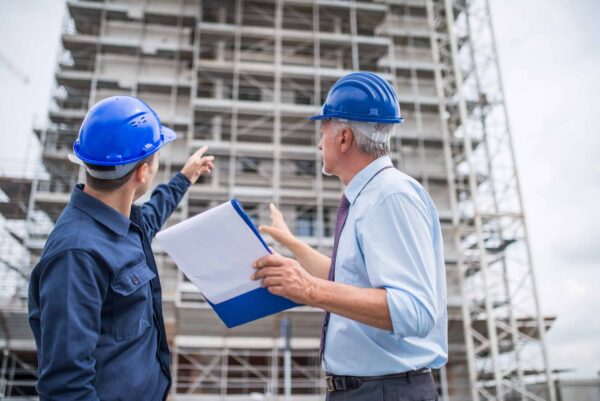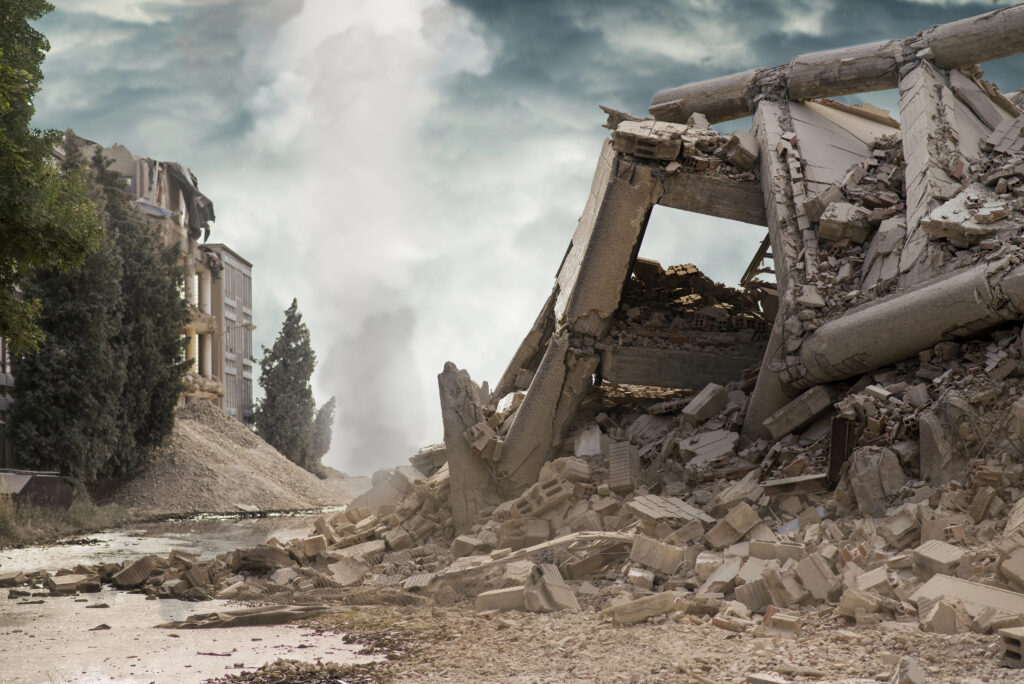As artificial intelligence continues to revolutionize industries, the infrastructure supporting it must evolve too. The electricity demand from AI data centers makes up 24% of the entire server electricity demand. As such, the seismic bracing design needs for data centers for AI vary somewhat from traditional data centers, as they are more complicated, there are more of them, and such projects are typically fast-tracked.
In this blog, we will discuss the difference between seismic bracing design for traditional data centers and data centers for AI, with emphasis on AI data center needs.
The Difference Between Traditional Data Centers And Data Centers For AI

In practice, an AI data center isn’t fundamentally different from traditional data centers. However, they must be able to support AI workloads.
AI models process massive datasets and complex calculations. While standard servers primarily use Central Processing Units (CPUs), AI relies on specialized hardware, like Graphic Processing Units (GPUs). This hardware generates more heat and consumes more energy than traditional services, and also places greater demands on data exchange between systems.
Traditional data centers are built more like server warehouses while data centers for AI are tailored to the unique demands of artificial intelligence, with ultra-high-density computing, low-latency networking, and mission-critical uptime. Data centers for AI maximize output per square foot, achieving higher performance density than traditional data centers.
Both traditional data centers and data centers for AI consume significant power, but AI data centers utilize more of it. As such, the primary difference between seismic bracing design for traditional data centers and data centers for AI is that for the AI data centers, the bracing needs are more complicated with more of them.
Additionally, AI data centers tend to be fast-tracked projects.
The Importance Of Seismic Bracing For Data Centers

Data centers in general must be continuously operational during and after natural hazards. Seismic bracing design safeguards security and operations to better enable service reliability even in a seismic event. Most damage from earthquakes comes not from the ground-shaking itself, but from the damage wrought by unrestrained non-structural systems, such as mechanical, electrical, and plumbing systems, as well as computer systems.
With appropriate seismic bracing, systems and equipment are secured, safeguarding them against extensive damage, which enables systems to remain operational, downtime to be decreased, and a more straightforward restoration of services after a disaster.
About Seismic Bracing Designs For AI Data Centers
As AI becomes increasingly integrated into the digital economy, AI data centers are engineered from the ground up with intelligent systems to optimize energy distribution and computing loads. AI workloads consume more power per rack than traditional IT environments. Smart energy management systems allocate resources to prevent overloads.
AI data centers’ high-density, higher-powered equipment and more intense cooling demands necessitate more complex seismic bracing designs. These designs require greater emphasis on managing these specific loads and integrating with the unique electrical and mechanical systems associated with AI workloads.
The power demands for AI data centers are much more than a typical data center. They necessitate much more electrical systems, suspended systems, and other such systems that require seismic bracing design. The density and quality of these projects is more intense in regards to seismic bracing design for other facilities and structures in general. AI systems are often designed to a higher standard of 1.5, defined in building code as essential facilities.
Seismic bracing design compared to traditional data centers is denser, more complicated, and with more communication required. There are tremendous amounts of power for computers, cooling systems, and everything for AI. This complicates seismic bracing design, equipment anchorage design, and beyond.
Expert Seismic Bracing Design Services In The United States

VIE’s extensive experience designing seismic bracing for data centers and AI data centers enable our engineers to provide clients with top-tier service. VIE can provide certified engineering drawings and calculations in all Western and Midwestern states with seismic design criteria. Our engineers work with building structure design teams for data centers in order to coordinate seismic design measures that conform to project-specific specifications and requirements.
VIE is very responsive to owner requests and regularly provides on-site reviews to determine specific custom designs that are necessary to meet specific loads and energy specifications, like seismic, wind, and more.
Contact us today to learn more about our seismic bracing design services, our experience designing seismic bracing for traditional data centers and data centers for AI alike, or other structural engineering needs you may have. We look forward to hearing from you.





